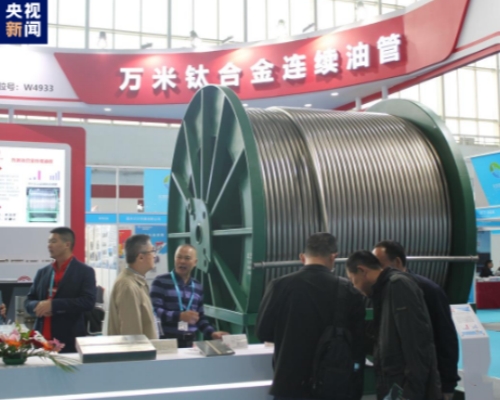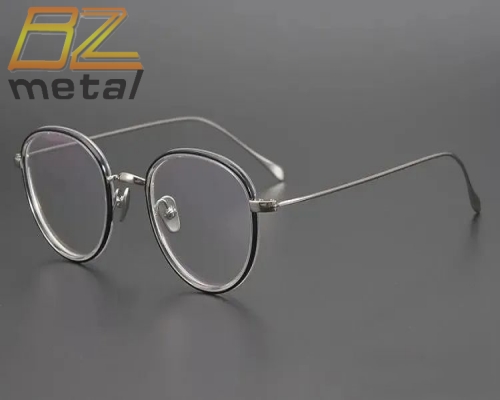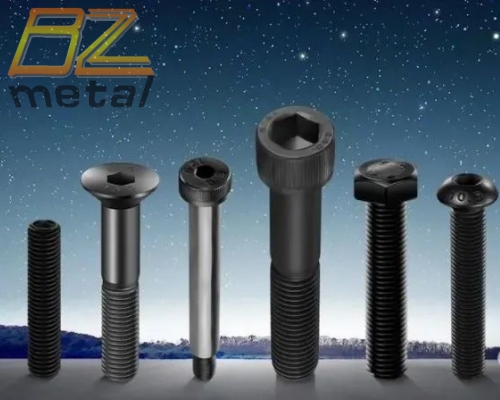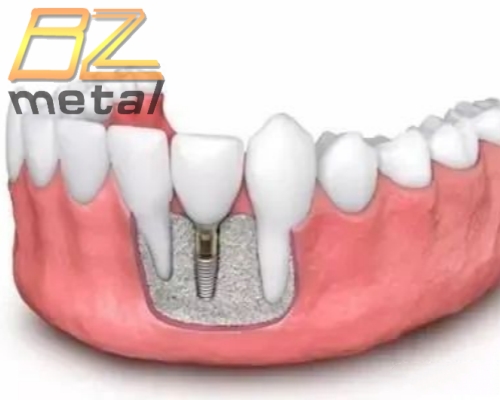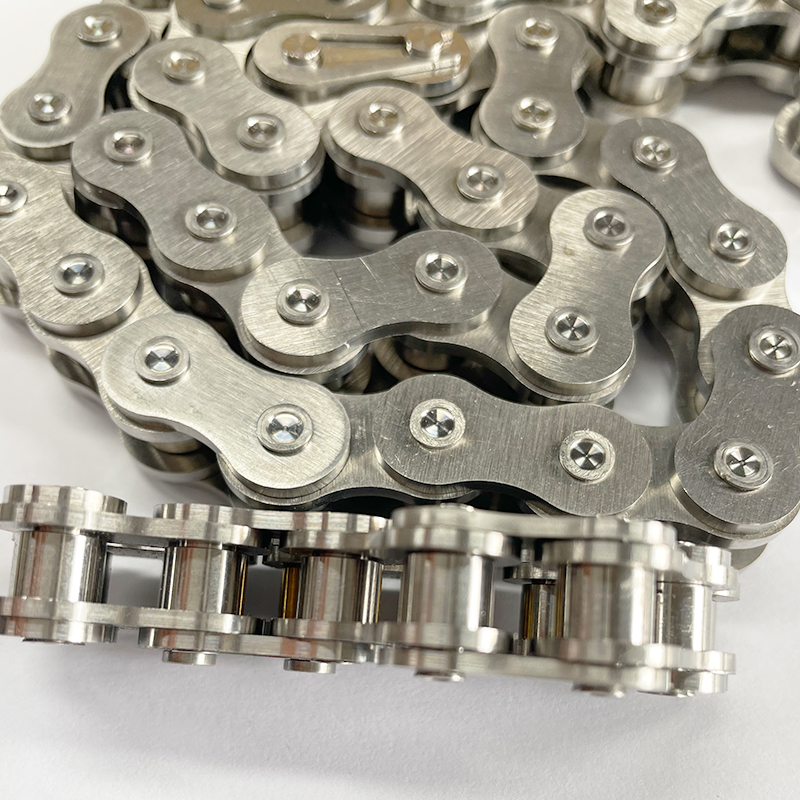Heat Treatment Characteristics of Titanium Alloy
Heat Treatment Characteristics of Titanium Alloy
(1) The Martensitic Phase Transition Will Not Cause Significant Changes in the Properties of Titanium Alloys.
This feature is different from the martensitic phase transition of steel. The heat treatment strengthening of titanium alloys can only rely on the aging decomposition of the metastable phase (including the martensitic phase) formed by quenching. Moreover, the heat treatment method of pure type a titanium alloy is basically not effective, that is, the heat treatment of titanium alloys is mainly used for α+β titanium alloys.
(2) Heat Treatment Should Avoid the Formation of ω Phase.
The formation of the ω phase will make the titanium alloy brittle, and the ω phase can be decomposed by correctly selecting the aging process (for example, using a higher aging temperature).
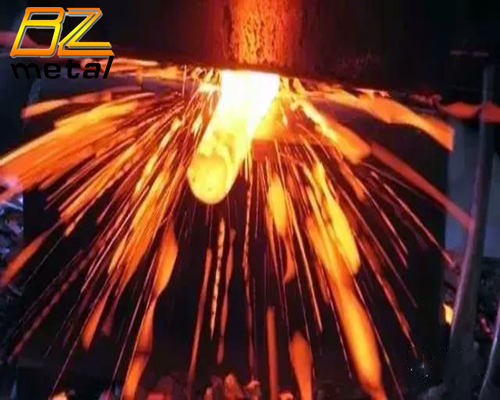
(3) It is Difficult to Fefine The Grains of Titanium Alloy by Repeated Phase Transitions.
This is also different from steel materials. Most steels can use repeated phase transitions between austenitic and pearlescent (or ferrite and cementite) to control the nucleation and growth of new phases to achieve the purpose of grain refinement, but there is no such phenomenon in titanium alloys.
(4) Poor thermal Conductivity.
Poor thermal conductivity can lead to poor hardenability of titanium alloys, especially α+β titanium alloys, high thermal stress during quenching, and easy warping of parts during quenching. Due to poor thermal conductivity, titanium alloy can easily cause local temperature rise to be too high when it is deformed, so that the local temperature may exceed the β transition point and form Wei's tissue.
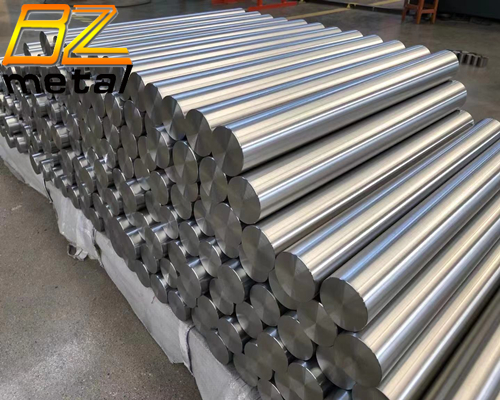
(5) Chemically Active.
During heat treatment, titanium alloy can easily react with oxygen and water vapor, forming an oxygen-rich layer or oxide skin with a certain depth on the surface of the workpiece, which reduces the performance of the alloy. At the same time, titanium alloy absorbs hydrogen easily during heat treatment, causing hydrogen embrittlement.
(6) There is a Large Difference in β Transition Points.
Even if it is the same component, the β transition temperature sometimes varies greatly due to different smelting furnaces.
(7) When Heated in The β-Phase Region, the β Grains Tend to Grow Larger.
Β grain coarsening can cause a sharp decrease in the plasticity of the alloy, so the heating temperature and time should be strictly controlled, and the heat treatment of heating in the β phase zone should be used with caution.

